This Week at Angama #51
25 January 2019 | This Week at Angama | Jeffrey Thige
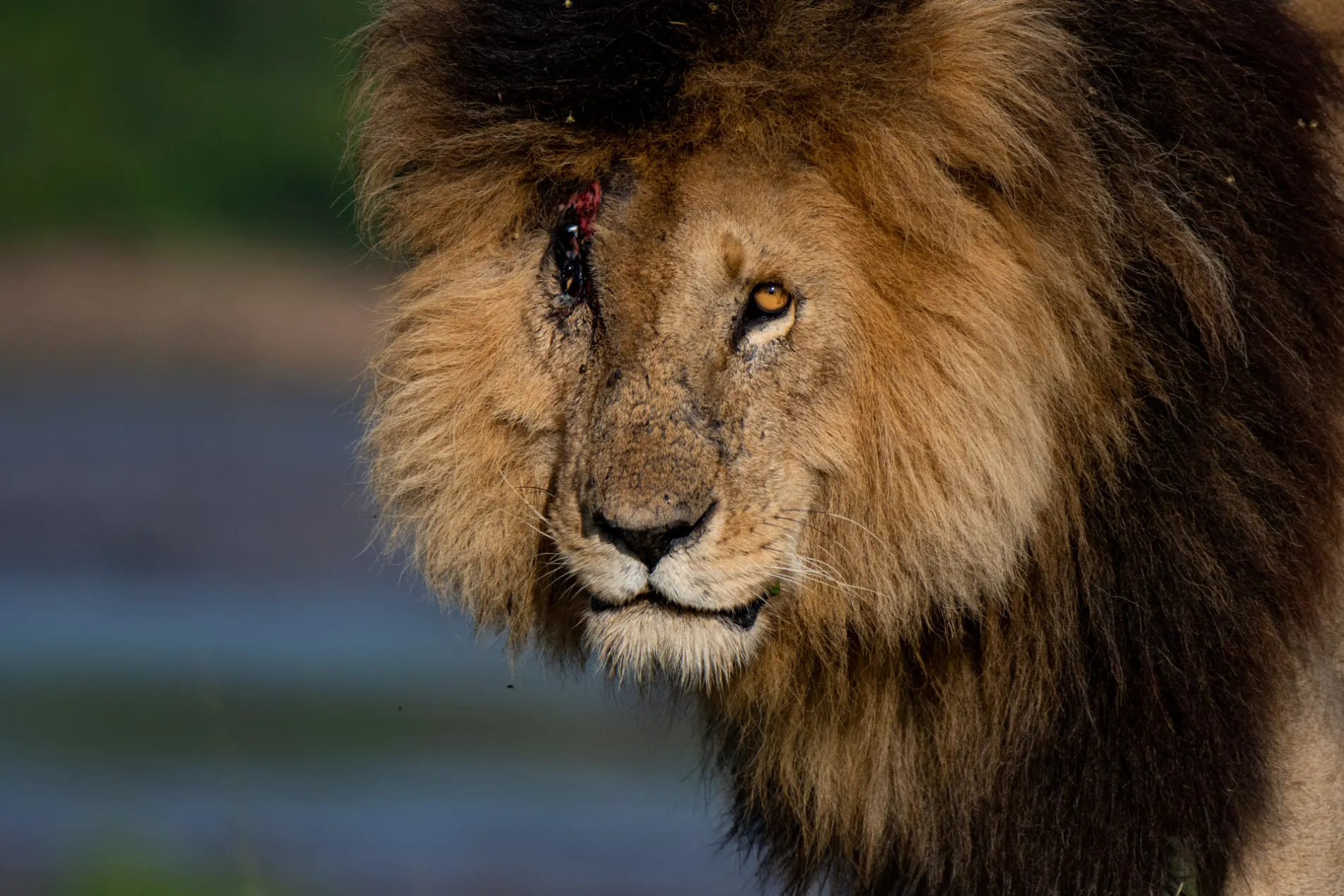
This week we caught up with the legendary Scarface. Although limping from old wounds, he remains strong. Recently, rumours were circulating of his death, but we’re glad to report that he is still standing tall. This week also brought the discovery of new lion cubs, giraffe calves and many interesting scenarios. There’s never a dull moment in the Mara.

For the past few months, Scarface has proven to be very elusive, so much so that after weeks of not being sighted, everyone thought that this legendary lion was no more. At about the age of 12-13, it would be no surprise if he died of old age. Undoubtedly, he is one of the Mara’s most iconic lions of this decade. [f 6.0, 1/6400, ISO 800 -0.67]
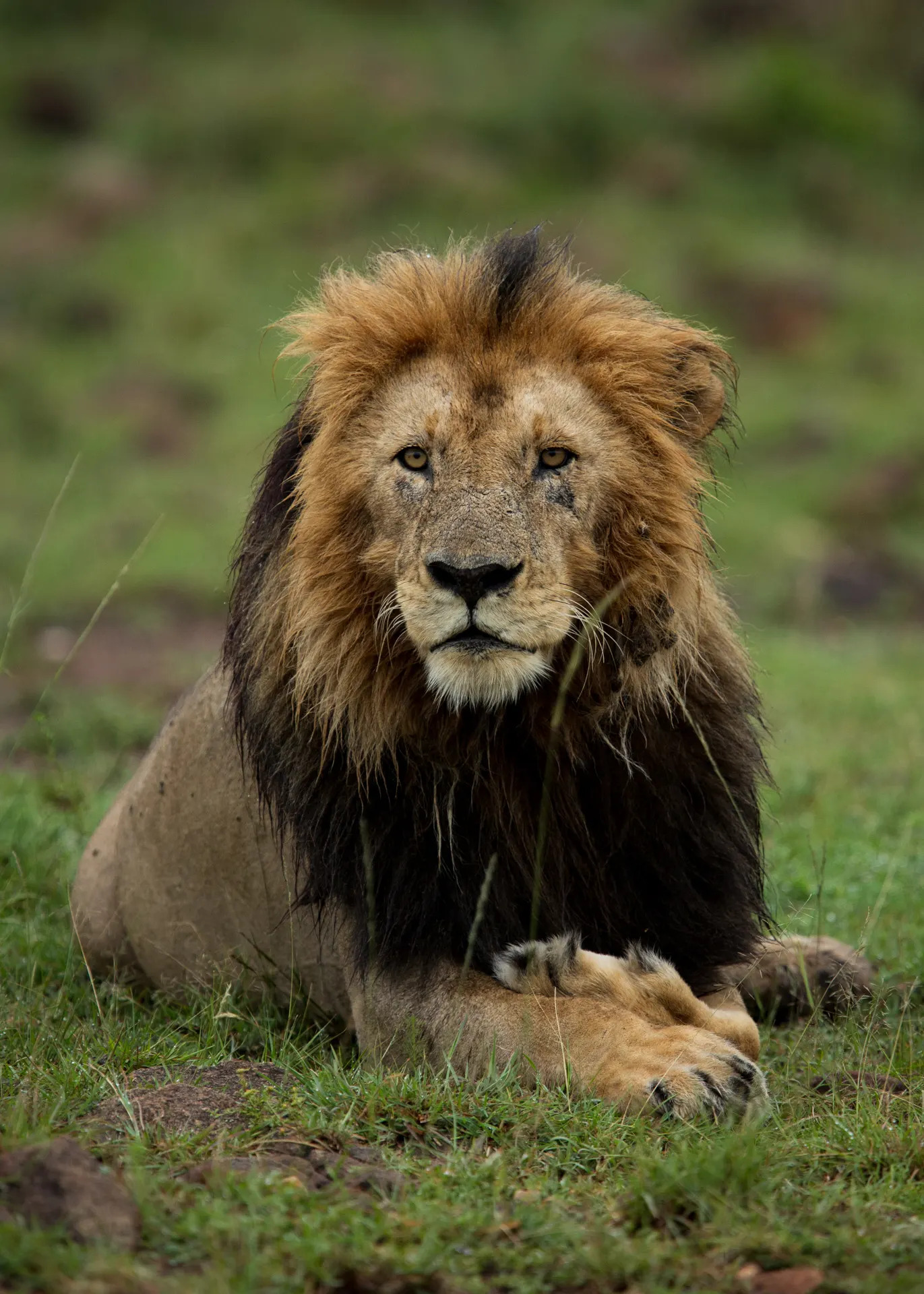
Although Scarface is a strong individual, his success and well-being is in no small part due to the strength of his coalition mates. They have always been there for him, fighting by his side and when injured, letting him eat with them. Without his coalition, he would have died of starvation and injuries. [f 4.0, 1/500, ISO 640 -0.33]

The lions of the Maasai Mara seem to be populating in a very healthy fashion. This week has seen the discovery of four new week-old cubs from the Sausage Tree Pride. When revisiting the den two days later, it was discovered that one of the cubs was no longer there and knowing the survival rate for little cubs, we assume the worst. The pride also has three older cubs who play as rough as any other lion, so if the three little remaining cubs are to survive to adulthood, they will need to be extra tough. [f 4.5, 1/250, ISO 640 -0.33]
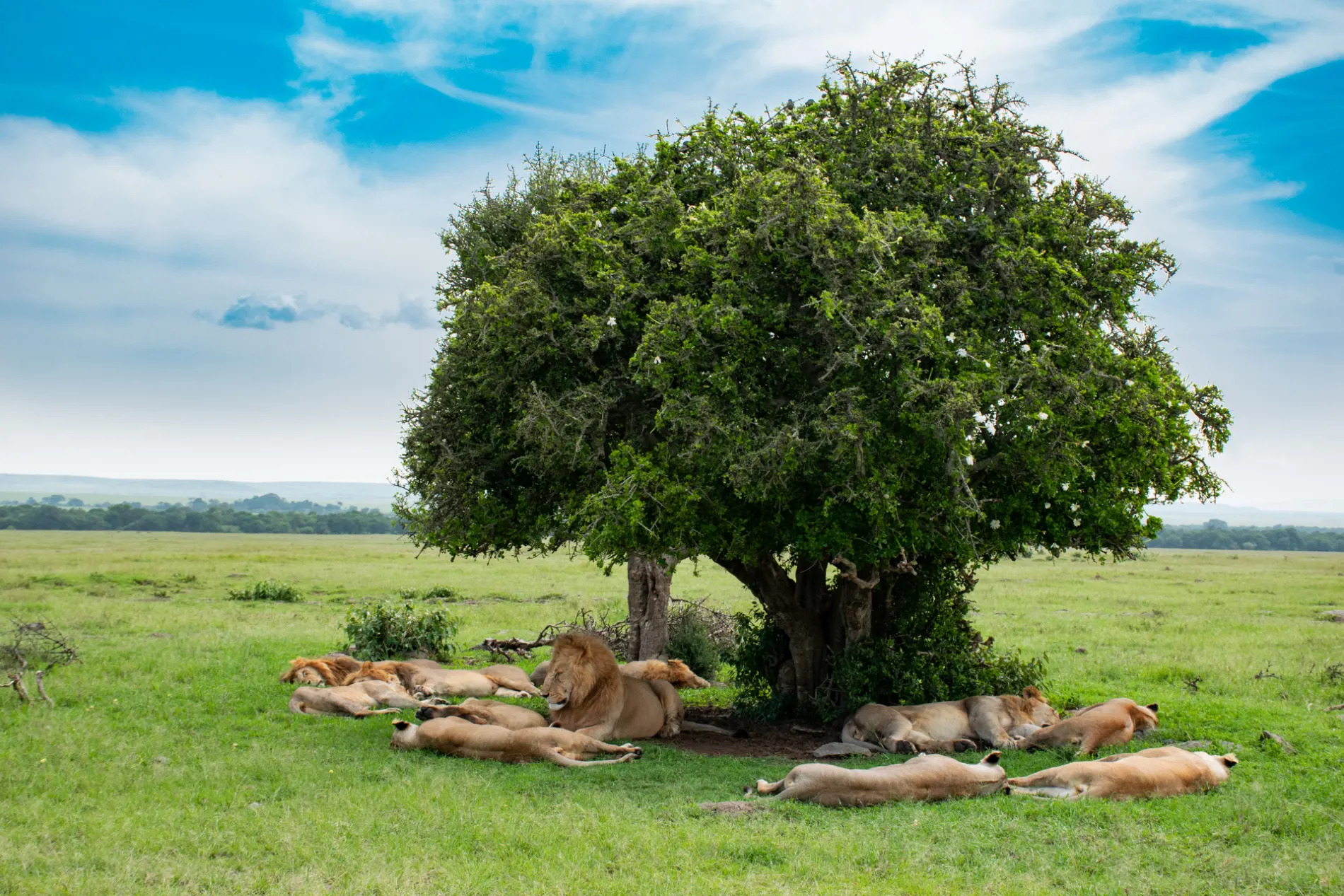
We ventured on to the other side of the river to get a look at the Topi Pride. This pride consists of six big male brothers of about three to four years of age, and seven young females. Just the size of the coalition alone is enough to assure us that they will be one of the most formidable prides of the entire Mara. A pride like that is worth keeping up with. But first, they must reproduce. [f 8.0, 1/250, ISO 200]

Considering their young age, it is quite obvious that they have not yet produced any cubs. Two of the males were mating with two of the females. If they are successful and reproduce, they will become one of the biggest prides in the Mara. [f 6.0, 1/3200, ISO 500]

It was such a thrill to catch up with the Maji Machafu female. She looked hungry, so with hopes of catching her on the hunt, I waited around for a few hours. At one point she climbed down from the tree as she had sighted a Thomson’s gazelle passing by, but a few moments later she just lay down uninterested. It’s always extremely special to spend time with one of the most elusive big cats in the world. [f 46.3, 1/200, ISO 500]
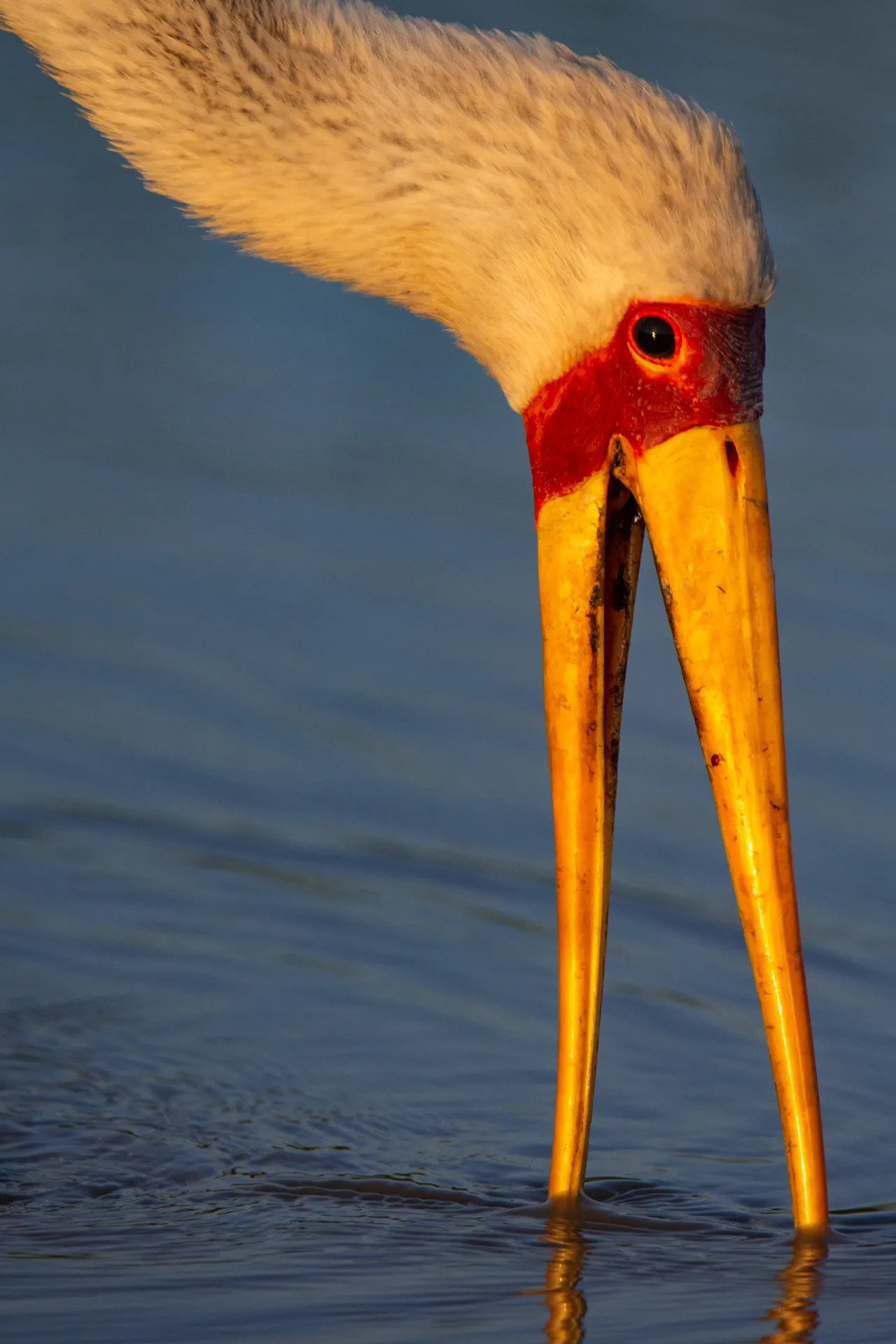
Later, I came across a yellow-billed stork patrolling a small pool of water in search of food. I decided to take an unusual close-up shot of its head and bill just to show how beautiful they are up close. [f 6.0, 1/200, ISO 250]
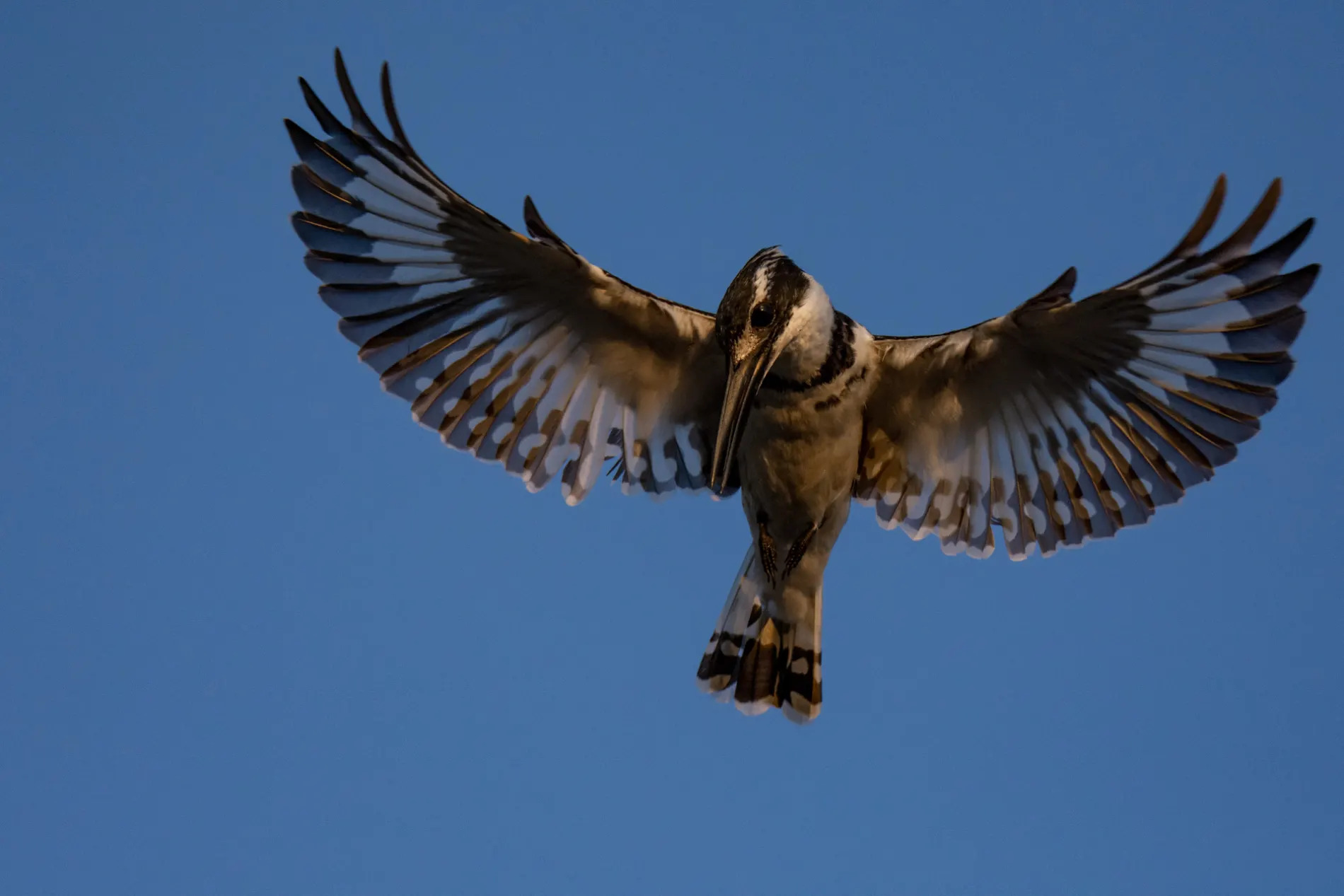
Right above the stork, a pied king fisher hovered over the same pool of water trying to catch some fish. I only had about five seconds to get this shot and I was so satisfied when I looked at it on the big screen. [f 5.6, 1/3000, ISO 800]

In the golden morning light, I found a rather confident young male impala. Contrary to the rest of the herd, he stood in place as I edged close to him allowing me to get this well-lit portrait shot. [f 6.3, 1/400, ISO 160]

A beautiful zebra looks over its back and into my lens for a brief few seconds, this is one of those instances where a high shutter speed and fast camera proves its worth. At the end of it all, a good shot. [f 5.6/1000, ISO 320]

It is mid-January and the storms still randomly rage on from time to time. This baby giraffe walks head-on into the storm, providing me with my favourite photograph of the week. [f 5.0, 1/5000, ISO 500]
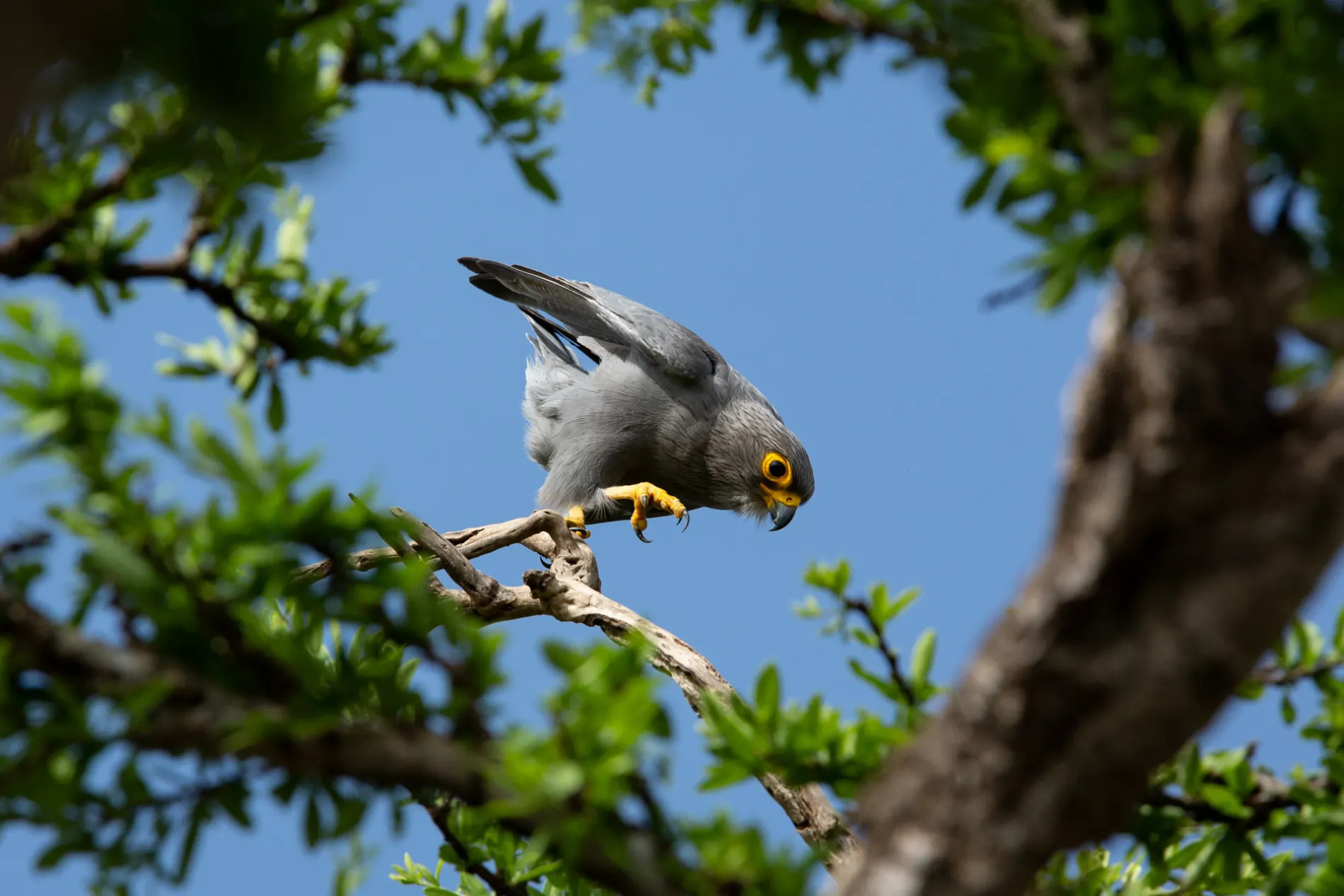
One of the most attractive birds I’ve seen in our savanna, the grey kestrel, jumps around a branch. The way the leaves of the tree surround the bird forming a frame is what makes this shot. [f 6.3, 1/1600, ISO 400]
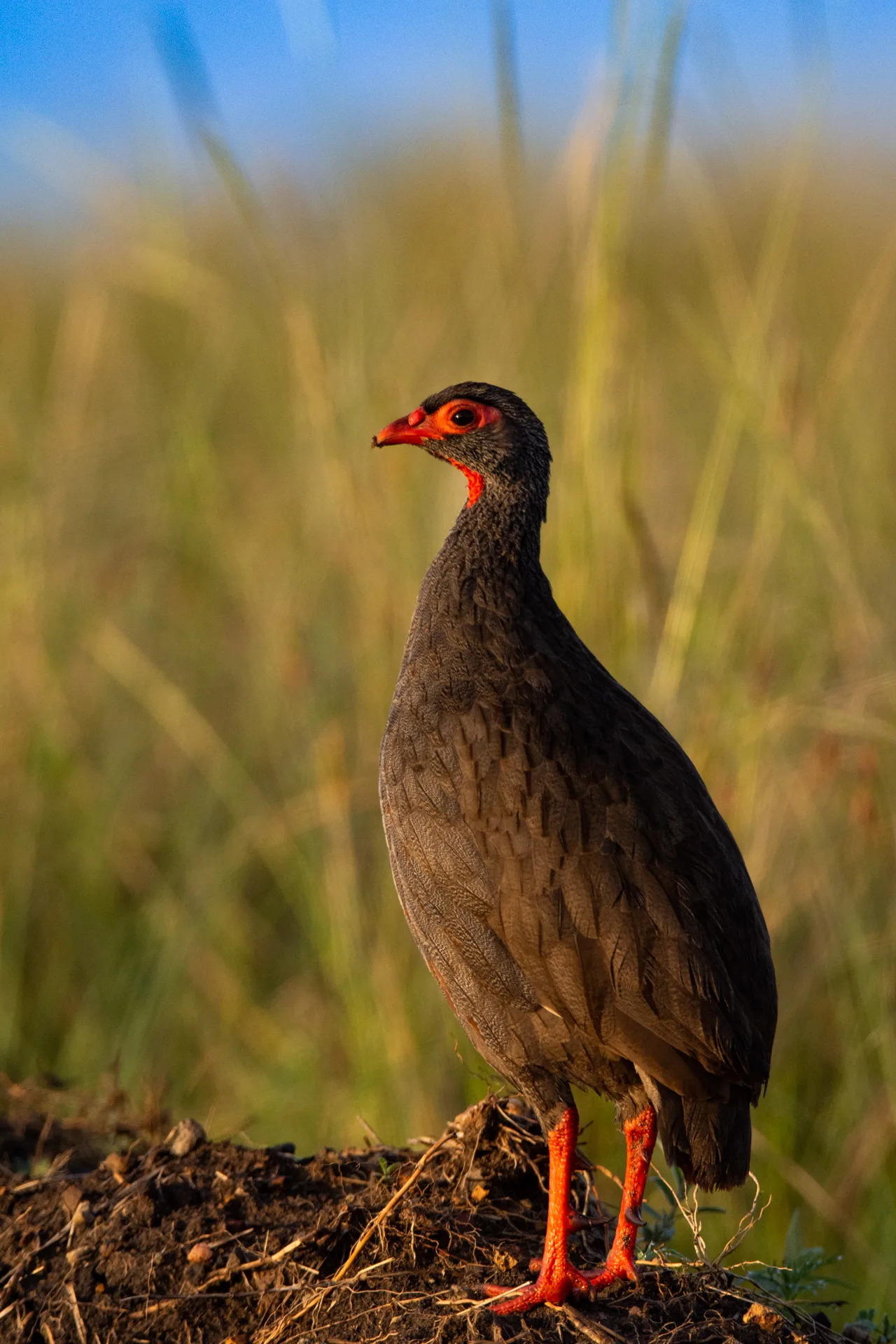
Light such as this is the reason I never hesitate to get up as early as possible to be at the park gate when it opens. A little touch up in Lightroom brought out the blue sky a bit more clearly. [f 5.6, 1/250, ISO 400]

This is the smallest baboon baby that I have ever seen; the mother was ever-so protective of her, always watching out for any potential danger. [f 6.3, 1/400, ISO 500]

Two young baboons enjoy some time relaxing on one of the Park’s signposts. [f 6.0, 1/1250, ISO 500]
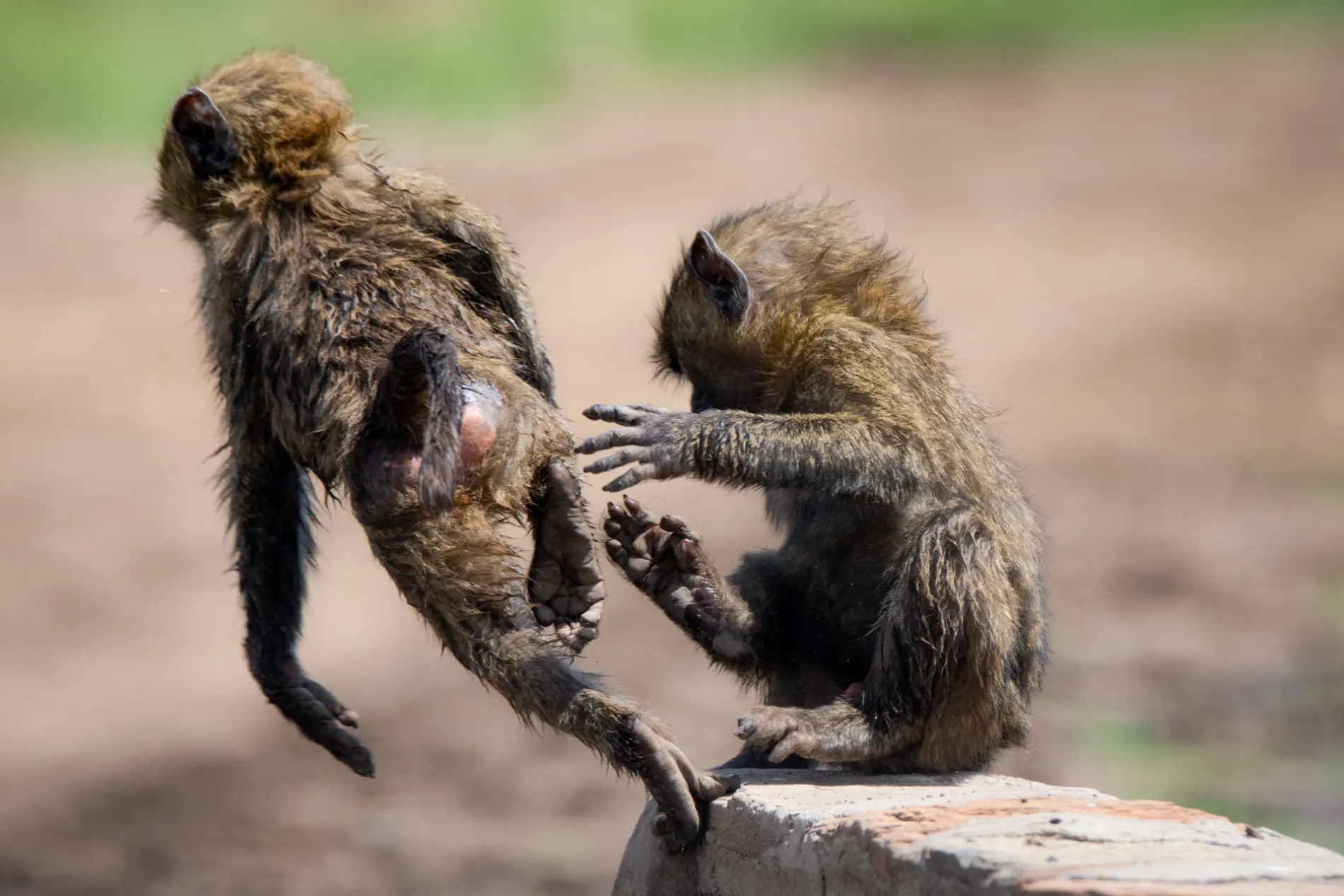
A few seconds later, they went back to monkeying around. [f 6.0, 1/1250, ISO 500]

Wildlife photography is about more than just documenting animals, it also involves a lot of artistic and creative input. Here are some abstract shots of common animals taken in uncommon composition. [f 5.0, 1/3200, ISO 400]
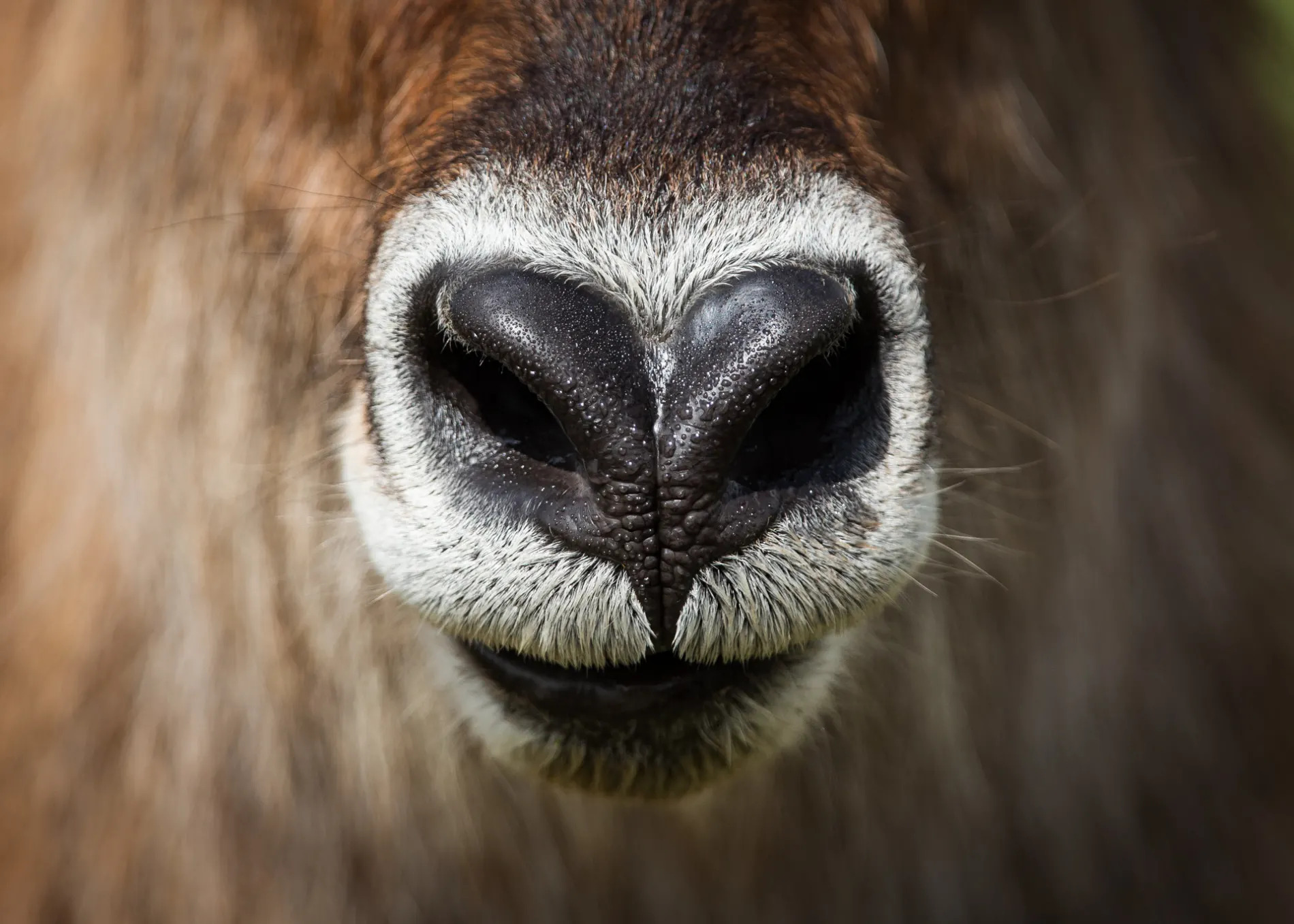
[f 4.0, 1/2000, ISO 250]
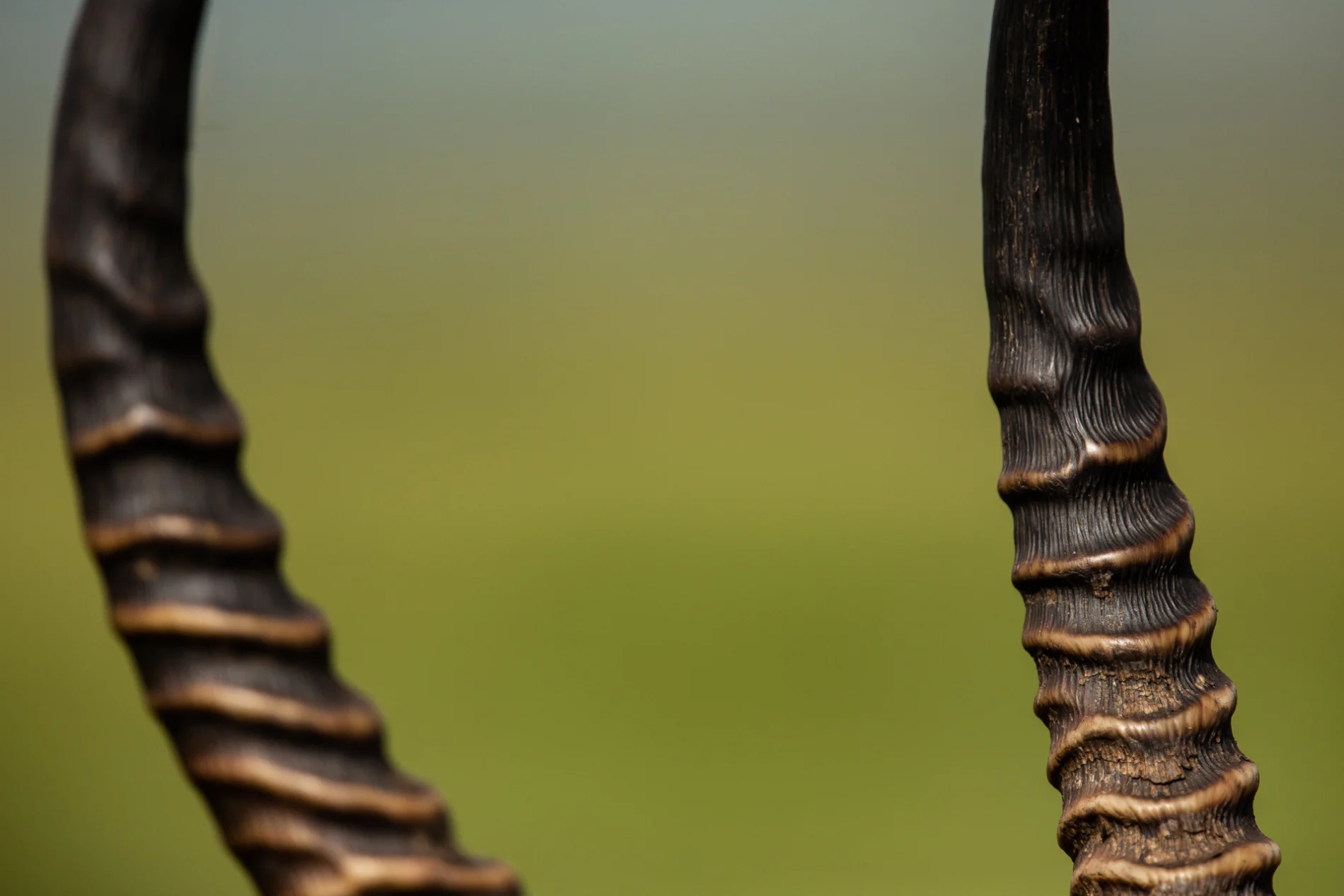
[f 4.0, 1/3200, ISO 250]
TAGGED WITH: Birds, Maasai Mara, Leopards of the Mara Triangle, Elephant, Giraffe, Lions of the Mara, Zebra, Baboon, Scarface, yellow-billed stork, pied king fisher, waterbuck


